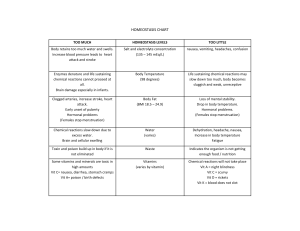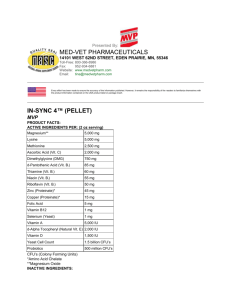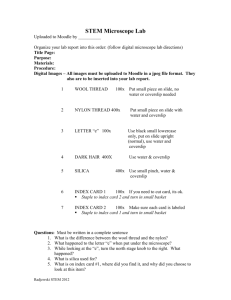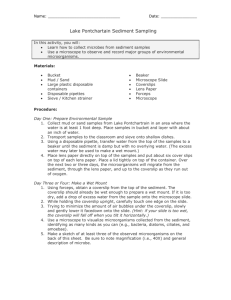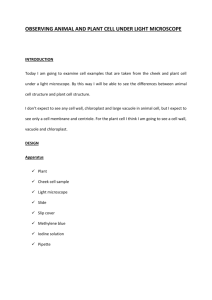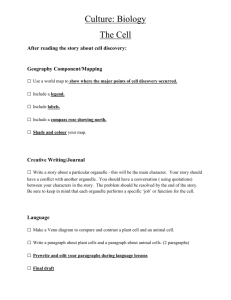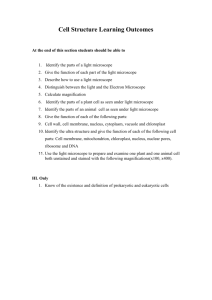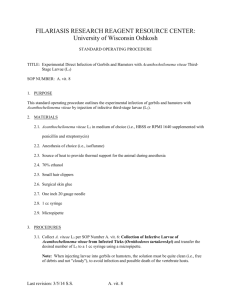Microfilariae enumeration of A. viteae from rodent peripheral blood
advertisement
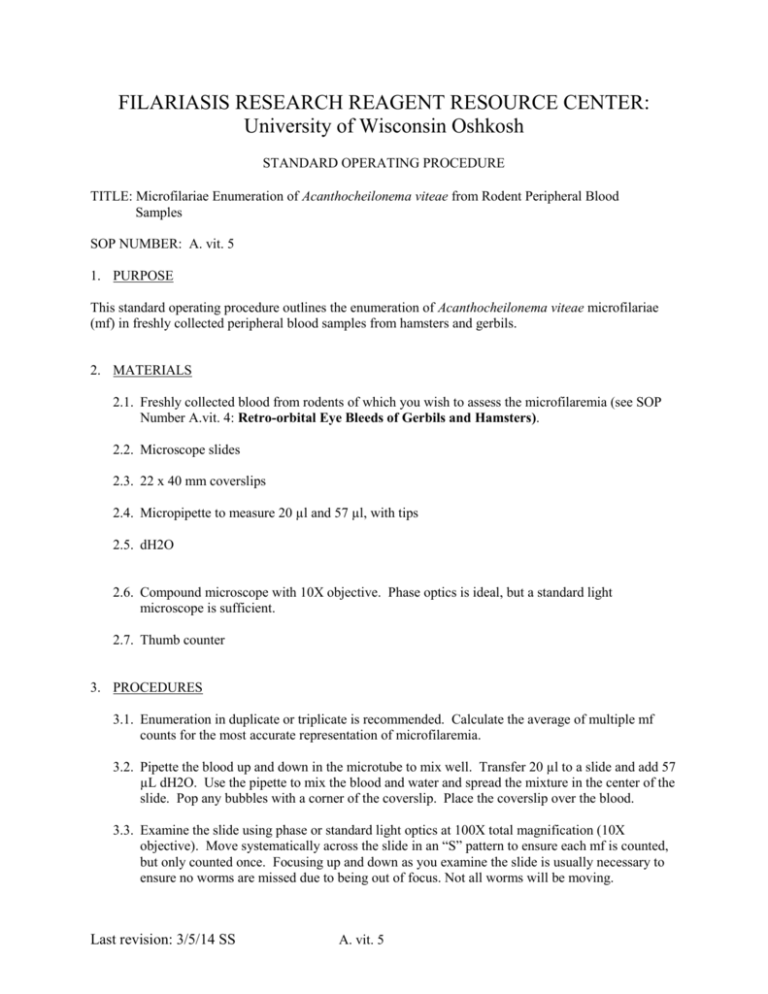
FILARIASIS RESEARCH REAGENT RESOURCE CENTER: University of Wisconsin Oshkosh STANDARD OPERATING PROCEDURE TITLE: Microfilariae Enumeration of Acanthocheilonema viteae from Rodent Peripheral Blood Samples SOP NUMBER: A. vit. 5 1. PURPOSE This standard operating procedure outlines the enumeration of Acanthocheilonema viteae microfilariae (mf) in freshly collected peripheral blood samples from hamsters and gerbils. 2. MATERIALS 2.1. Freshly collected blood from rodents of which you wish to assess the microfilaremia (see SOP Number A.vit. 4: Retro-orbital Eye Bleeds of Gerbils and Hamsters). 2.2. Microscope slides 2.3. 22 x 40 mm coverslips 2.4. Micropipette to measure 20 µl and 57 µl, with tips 2.5. dH2O 2.6. Compound microscope with 10X objective. Phase optics is ideal, but a standard light microscope is sufficient. 2.7. Thumb counter 3. PROCEDURES 3.1. Enumeration in duplicate or triplicate is recommended. Calculate the average of multiple mf counts for the most accurate representation of microfilaremia. 3.2. Pipette the blood up and down in the microtube to mix well. Transfer 20 µl to a slide and add 57 µL dH2O. Use the pipette to mix the blood and water and spread the mixture in the center of the slide. Pop any bubbles with a corner of the coverslip. Place the coverslip over the blood. 3.3. Examine the slide using phase or standard light optics at 100X total magnification (10X objective). Move systematically across the slide in an “S” pattern to ensure each mf is counted, but only counted once. Focusing up and down as you examine the slide is usually necessary to ensure no worms are missed due to being out of focus. Not all worms will be moving. Last revision: 3/5/14 SS A. vit. 5 3.4. Use the thumb counter to count the mf in the blood sample. The number of mf in a blood sample is standardly expressed as the number of mf/20 µL blood. 3.5. Time to Completion: Approximately 5-10 minutes per slide Last revision: 3/5/14 SS A. vit. 5
